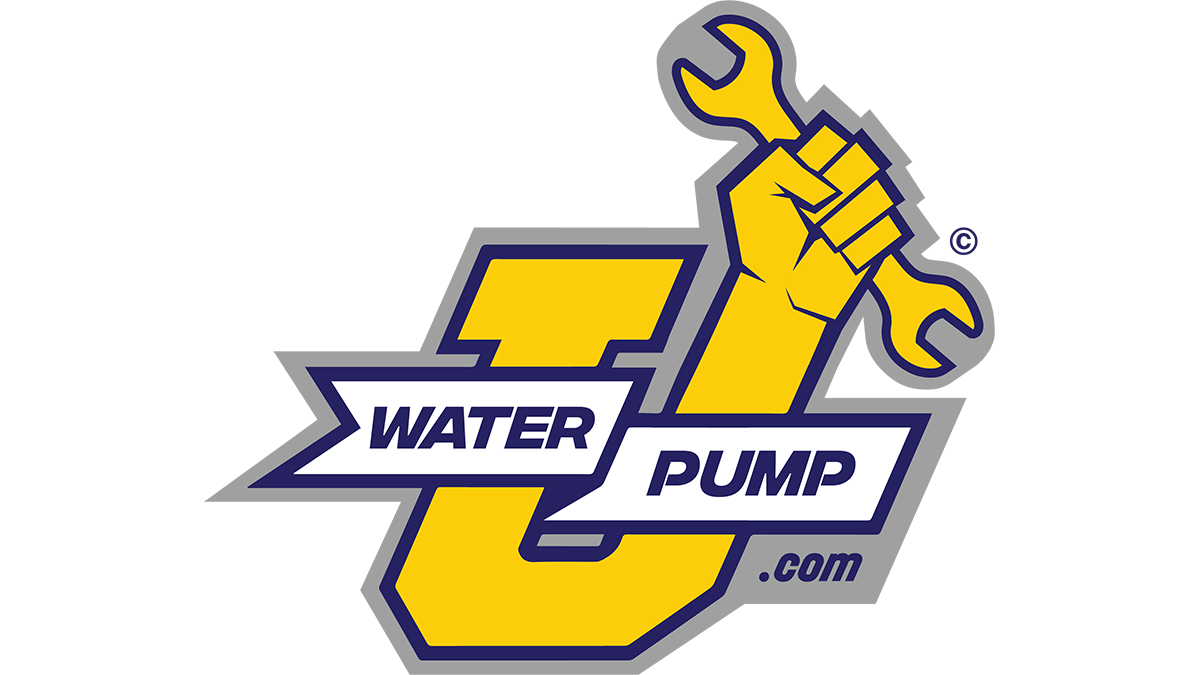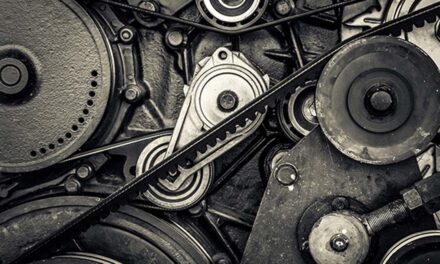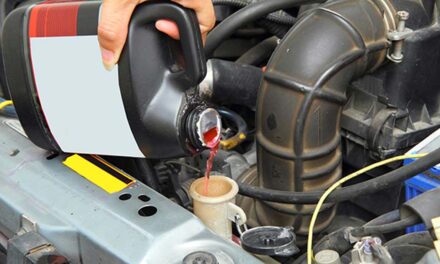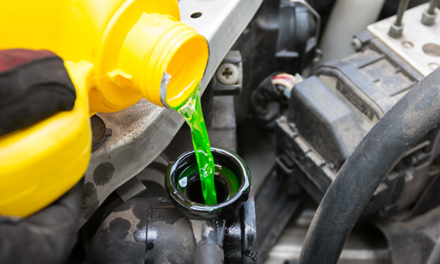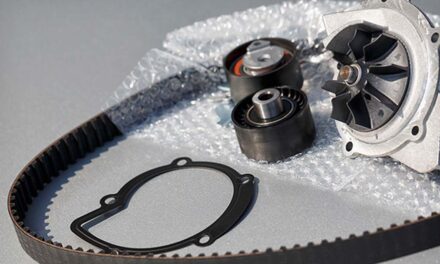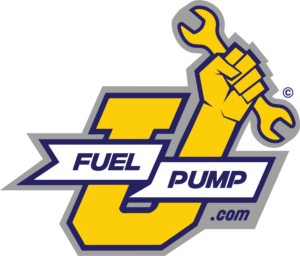The function of the cooling system in an automotive engine is to remove the heat that is produced during combustion by circulating the coolant between the radiator and the engine. The cooling system of a vehicle includes important parts like a radiator, pressure cap, cooling fan, thermostat valve, water pump, temperature gauge, hoses & pipes, etc. It is essential that vehicle owners should ensure the proper working of these components to maintain the overall health of the vehicles. A malfunction or breakdown of any one of these parts can cause engine issues such as overheating, poor performance, and failures. It is essential to check the cooling system periodically for potential problems to avoid unnecessary damage to the engine.
Reduced Coolant Levels
It is essential to visually check the cooling system to note the level of coolant in the coolant reservoir or overflow tank. Most of the new cars have translucent coolant reservoirs right next to the radiators. But in the case of older vehicles without the reservoir tank, the level has to be checked in the radiator. Always allow the engine to cool down before examining the coolant system because the fluid temperature could be really high. Note the markings to make sure the coolant level is between the min/max marks on the side of the tank. If the level is below the minimum mark then fill it up with the right mixture of coolant and water until it reaches the full mark. If necessary, flush the radiator to clear out the debris and fill the system with proper coolant to the right capacity. This process will avoid overheating issues and ensure the proper working of the engine.
Blockage In Cooling System
If the coolant is not freely circulating through the system there is a possibility that the thermostat is not working properly and is stopping the flow. Another possibility could be a blockage in the radiator or in the tubes connecting to the inlet or outlet tank at the end of the radiator. If there is any obstruction in the flow due to debris or mineral deposit it will not circulate the liquid to the radiator.
Faulty Radiator Cap
The radiator cap in the cooling system is an important component in retaining the optimal pressure in the engine’s cooling system. When the pressure inside the cooling system increases above its psi level, it releases the radiator cap and allows some of the coolant to flow into the overflow tank. Once the pressure is reduced the cap goes back to its original closed position. If there is a pressure leak and the cap doesn’t properly seal the system then it will not allow the cooling system to build up the proper pressure. On the contrary, if the cap is stuck and not releasing the fluid, it allows extra pressure to build up beyond sustainable levels, which can cause radiator leaks or bursting of hoses.
Broken Or Cracked Hoses
Hoses help in circulating the fluid between different components of the cooling system. They are generally made of heavy-duty materials to withstand engine heat, temperature spikes, and the chemicals of the engine coolant. However, over time the hoses can deteriorate, break or crack and have leakage issues. This can result in coolant loss and may reduce the effectiveness of the cooling system.
Bad Timing Belt
The timing belt essentially controls the rotation of the camshaft or camshafts of the engine. It connects the shafts and controls the rotation in a synchronous manner to facilitate the opening and closing of engine valves. While some of the vehicles are using rubber-made timing belts, others are replacing them with metal chains for longevity. Timing belts can have worn teeth & snapping issues or can even break when they are worn out and not replaced in a timely manner. Since timing belts run the water pumps and both are essential for maintaining engine performance, it is important to check and replace the belts before it creates issues like loss of power, misfiring, smoke from the engine, or engine vibration.
Defective Radiator Fan
Radiator cooling fans with electric motors are helpful in maintaining safe temperatures inside the vehicle during idle or low speeds when the airflow through the radiator is significantly low. The fan gets activated when the coolant sensor detects the engine temperature and sends a signal to close the fan control relay. A bad motor or blown-out circuit fuse can stop working of the fan, which can lead to overheating & performance issues.
Bad Or Failing Water Pump
The water pump is responsible for the flow of coolant and keeping the engine operating temperature at an optimum level. If the pump fails to work properly, it will not allow the coolant to flow through the cooling system and may overheat the engine. The reasons for water pump failure may include cracked gaskets & seals, loose pulley, damaged head gasket or cylinder head, etc. A bad or failing water pump will not only result in coolant leakages but also hampers the working of the engine.
Malfunctioning Of Thermostat
The thermostat regulates engine temperature and allows proper flow of coolant to circulate through the cooling system. When the thermostat is stuck or defective, there will be an improper flow of fluid into the radiator. Coolant leakage on the thermostat housing, rust, or corrosion on the surfaces can lead to malfunctioning of the thermostat. Since it is an important component in maintaining optimum engine operating temperatures, the vehicle owners have to watch for engine overheating or over-cool symptoms which can happen due to thermostat malfunctioning.
